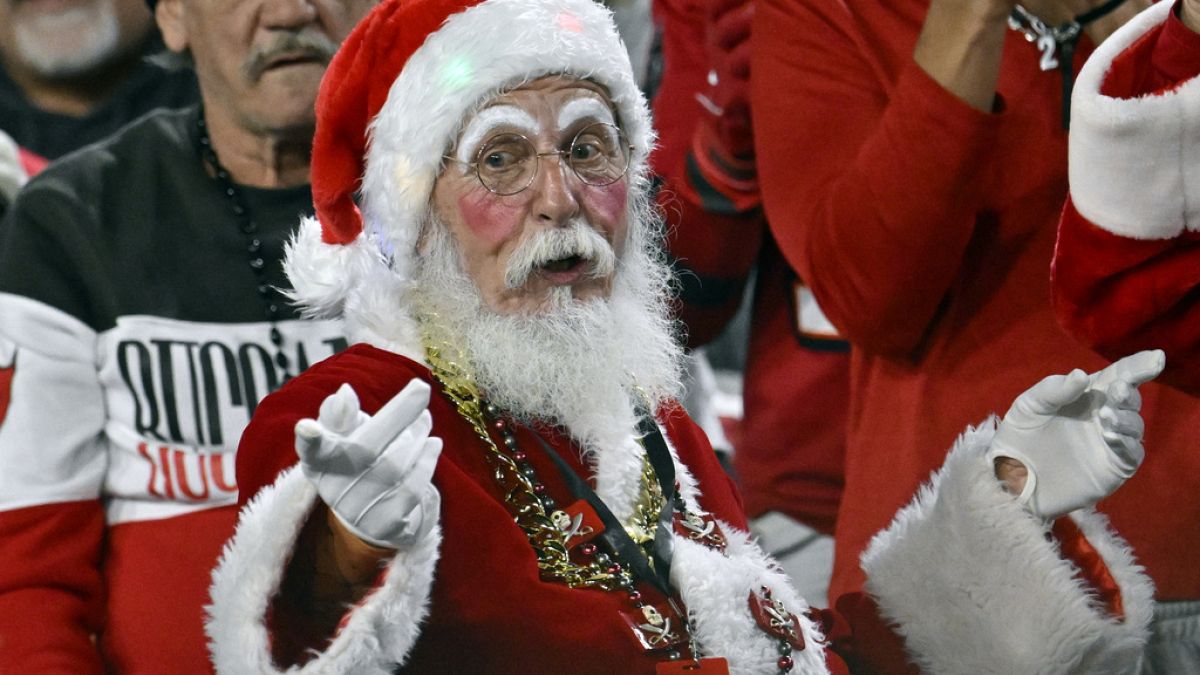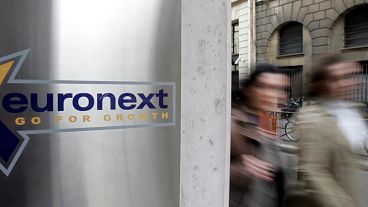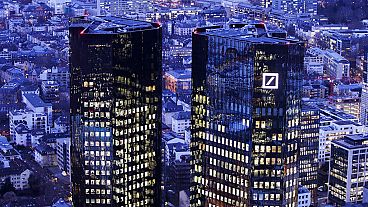Stocks very often rise at the end of the year, but 2023’s so-called Santa Claus rally could be slightly dampened.
US stock-market gains have already been impressive towards the end of the year, with the S&P 500 benchmark index, tracking the stock performance of 500 of the largest listed US companies, having risen 24% this year, and reaching within 1% of a new all-time high.
The question is whether the party mood on Wall Street could be further fuelled by a phenomenon dubbed the "Santa Claus rally".
What Santa brings to the markets
The "Santa Claus rally" refers to a hike in global stock markets at the tail end of the year, usually during the last five days starting on 26 December, lasting until 3 January, as defined by Yale Hirsch, the founder of the Stock Trader’s Almanac, who coined the term in 1972.
Over the past decades, the S&P 500 index has clocked in a gain of about 1.3% on average during these few days.
The Santa Claus rally has long been considered to be a forewarner of the year ahead, with the S&P 500 recording gains in the Santa Claus rally 23 times since 1994. Out of these, 18 times, these gains continued the following year. However, when stocks generally fall during this period, they usually continue doing so over the next year as well. This was seen six times for the S&P 500 index since 1994.
What is behind the trend?
This rally happens as a number of factors come into play, such as higher festive spending leading to increased sales and a boost in share prices for several companies. End-of-year tax considerations and generally lower trading volumes around this time of the year also play a part.
End-of-year finances are also clearer around this time, with people being able to see exactly how much they spent on the festive period and divvy up remaining funds. Several investors use their holiday bonuses or leftover funds from gift shopping to invest, sometimes as part of New Year's resolution.
The general optimism and festive mood around this time also mean that more people expect the new year to bring higher gains. Thus they are willing to invest at the end of the year and lay the stage for that.
This year's expectations
So is the Santa Claus rally likely to look upbeat this year? Analysts suggest perhaps not. Although most global stock markets have seen positive momentum since the end of October this year, there are a variety of geopolitical and economic factors at play at the moment.
This includes inflation in several countries still being uncomfortably high, due to which several central banks have consistently shot down speculations of monetary unwinding in the near future.
Although investors continue to remain optimistic about interest rates slowing down sometime in the next year, this is unlikely to happen until at least mid-2024, according to several estimates.
Furthermore, ongoing crises such as the Israel-Hamas conflict and the Russia-Ukraine war are also likely to dampen risk-taking in the stock market, with more investors likely to flee towards safe-haven assets such as gold. Slowing global economic growth has also played a role. Thus, opinions about the extent of the Santa Claus rally this year remain more cautious than usual.



